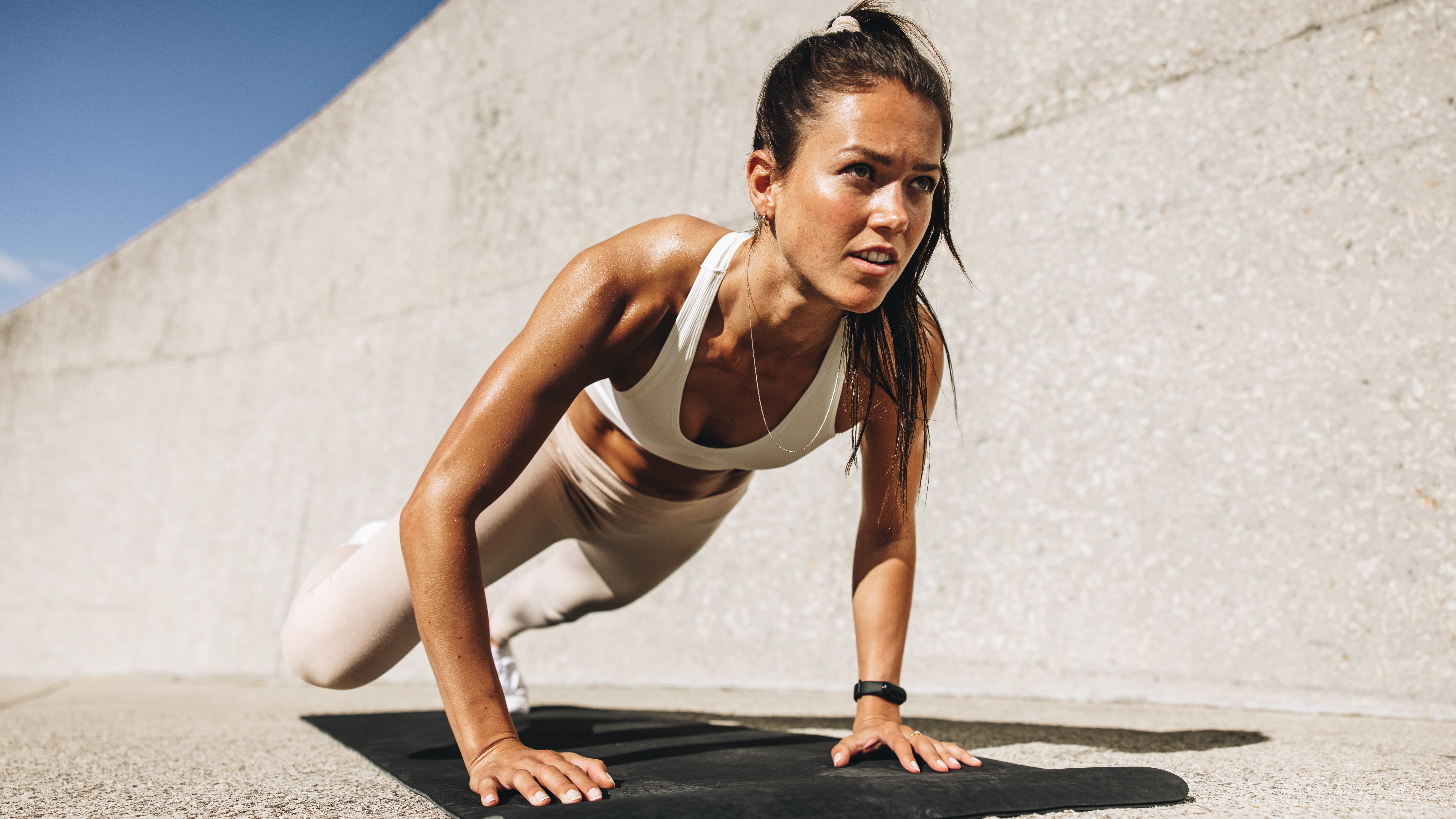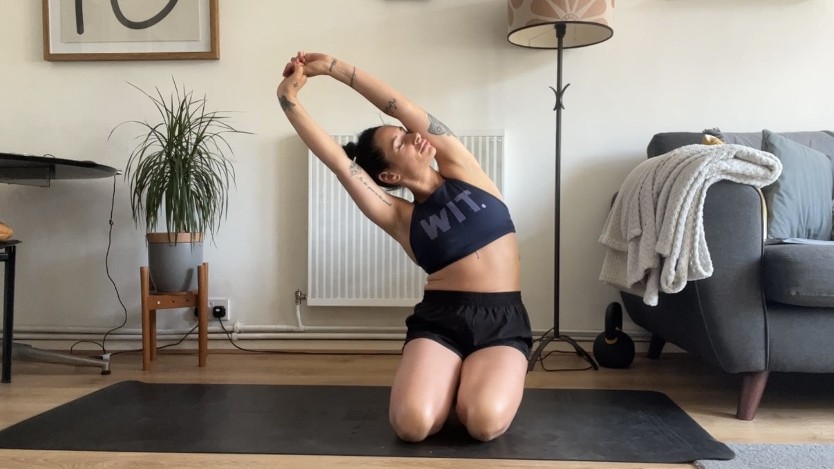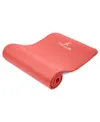
There’s no better feeling than that breathless, sweaty post-exercise glow. You’ve just finished your last set and you can finally collapse to the floor, heart and lungs pumping and muscles torched as you wipe a slick layer of sweat from your brow.
Maybe it’s not for everyone, but that feeling alone brings me back to my exercise mat every single time — knowing I can overcome the voice in my head saying “Stop!” when a workout feels super tough. Whether you enjoy weightlifting, Pilates, or running, finding exercise motivation isn’t always easy, no matter how often or how hard you train.
So, if you want cardio but don’t want to run outdoors or hit even the best treadmills, or maybe your routine feels stuck — skip it, and try this five-move cardio conditioning workout instead. I can guarantee it’s more fun, provides a beastly full-body workout and fires up your metabolism without a gym, treadmill, or even a single burpee.
What is the 5-move bodyweight workout?
For this routine, I’ve tapped into good-old calisthenics-inspired bodyweight training, which means no weights. Instead, we utilize five moves that re-tune your body to more animalistic and primal motion.
This helps build stronger bones, muscles and joints and generally speaks to the functional training crowd who love moving the body naturally — think pushing, pulling, jumping, squatting.
Don’t worry if you’re new to this type of training because it’s a beginner-friendly routine. However, if you’re working with an injury or illness and haven’t been cleared by a medical professional yet, I recommend doing so first.
Start with the sprawls, work for a 60-second effort, then take 10 seconds to rest. Move to the next exercise, and so on. Complete 5 rounds. A great way to stay accountable is to note the reps you hit for each exercise during the first round, then try to match or beat them on the remaining rounds.
Sign up to get the BEST of Tom's Guide direct to your inbox.
Get instant access to breaking news, the hottest reviews, great deals and helpful tips.
1. Gorilla sprawls
Gorilla sprawls are like a burpee, but not quite. Instead, jump your feet to the outside of your hands, then stay in the low squat position as you lift your hands away from the ground. From here, you can simply place your hands back down and jump back into a plank position.
Here’s how to do sprawls, and you can follow the video above.
2. Bunny hops
Bunny hops are a great gateway exercise to help build momentum and power to transition into a handstand, but they work well as a cardio exercise, too. The hopping action requires core stability and works your shoulders, arms, chest, hips and legs.
If you’re feeling brave, try traveling bunny hops (demonstrated above) rather than performing them on the spot and kicking your legs high. Good luck.
3. Speed bear crawls
Ramp up your cardiovascular output by adding speed to the already challenging bear crawl. This one takes balance, flexibility and coordination to perform, and recruits more core muscle than you think to help drive movement, making it a full-body exercise.
Keep your butt low to the ground and back flat — I’m thinking you should be able to transport a dinner plate of food on yours while you crawl. From here, alternate arms and legs as you speedily make your way up and down your space.
Here’s how to do bear crawls step-by-step.
4. Speed skaters
It doesn’t quite hit the animal-inspired brief, but it’s challenging nonetheless. Skater lunges are an explosive exercise that builds strong and powerful legs as you leap sideways and transfer your weight from one foot to the other.
Again, this move requires core strength and stability to keep your torso stable as you move laterally from right to left, left to right. It also requires speed, balance and coordination. Try them traveling forward if you’re feeling brave.
Here’s how to do skater lunges step-by-step.
5. Shuttle runs
Finally, test your speed, agility and cardiovascular endurance with a shuttle run. You can use cones or mark distances using any equipment or landmarks you like. Simply run to your target and back again for one rep.
You could set up multiple shuttles if you’d prefer to move through several sets of markers. I highly recommend aiming for 8-10 shuttles (that means there and back) in 60 seconds but remember to count your first effort and recreate it across the remaining rounds.

More from Tom’s Guide
- Calisthenics coach says this is the 20-minute workout you need to build full-body strength and boost fitness
- No sit-ups or crunches — this 15-minute dumbbell workout builds a stronger core and improves your posture
- I tried this 30-minute indoor walking workout — here's why it's perfect for the holidays

Sam Hopes is a level 3 qualified trainer, level 2 reiki practitioner and senior fitness writer at Tom's Guide. She is also currently undertaking her Yoga For Athletes training course. Sam has written for various fitness brands and websites over the years and has experience across brands at Future such as Live Science, Fit&Well, Coach, and T3.
Having worked with fitness studios like F45 and Virgin Active, Sam now primarily teaches outdoor bootcamps, bodyweight, calisthenics and kettlebells. She also coaches mobility and stretching-focused classes several times a week and believes that true strength comes from a holistic approach to training your body.
Sam has completed two mixed doubles Hyrox competitions in London and the Netherlands and finished her first doubles attempt in 1:11.
You must confirm your public display name before commenting
Please logout and then login again, you will then be prompted to enter your display name.












